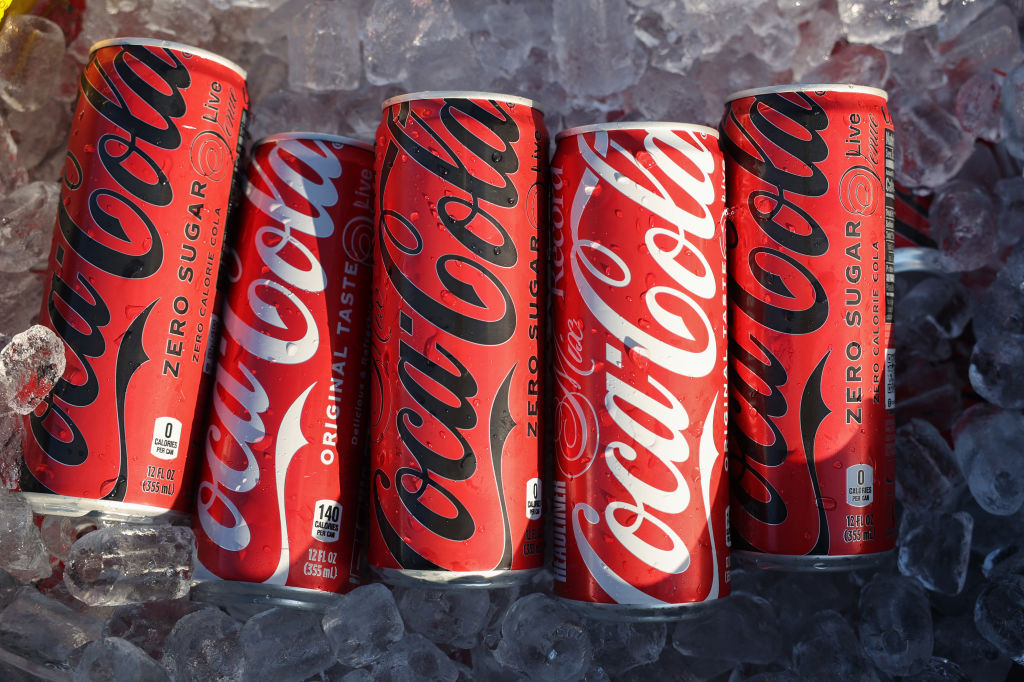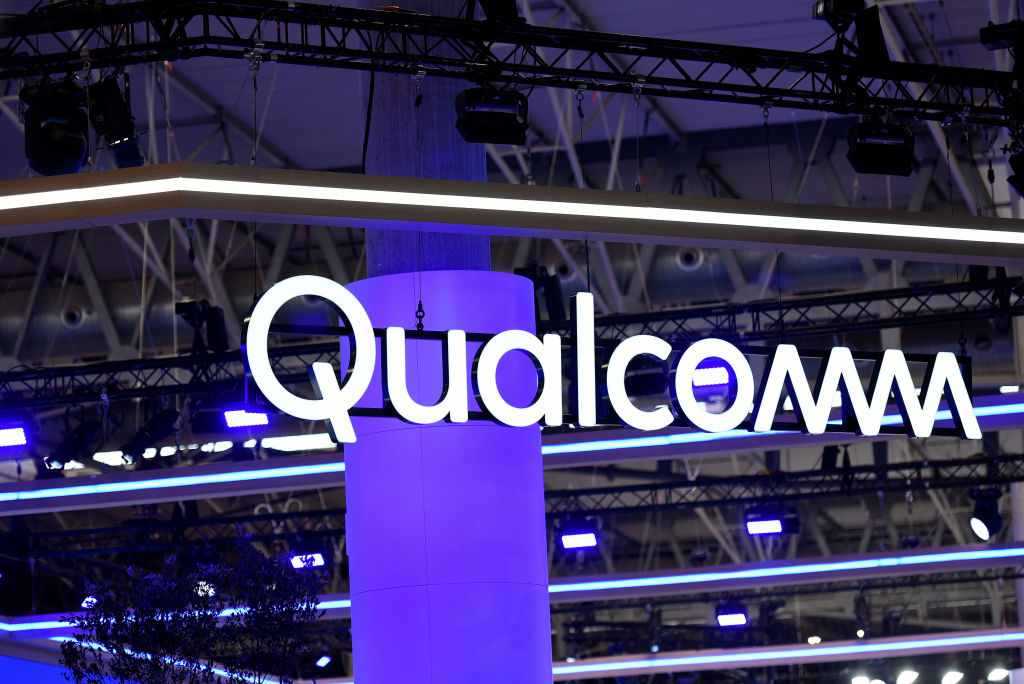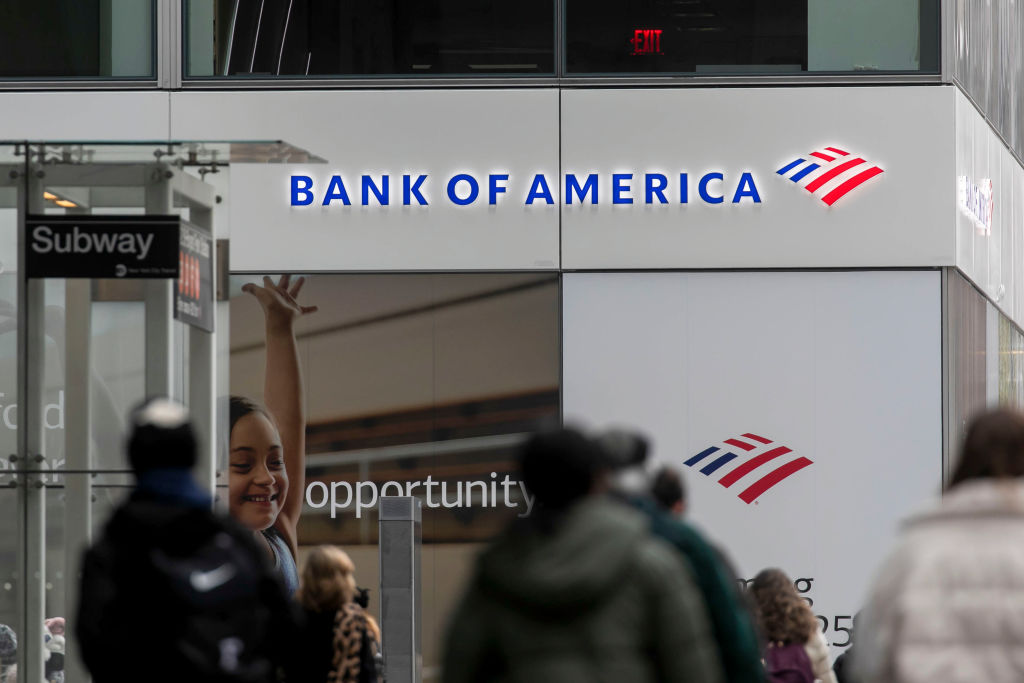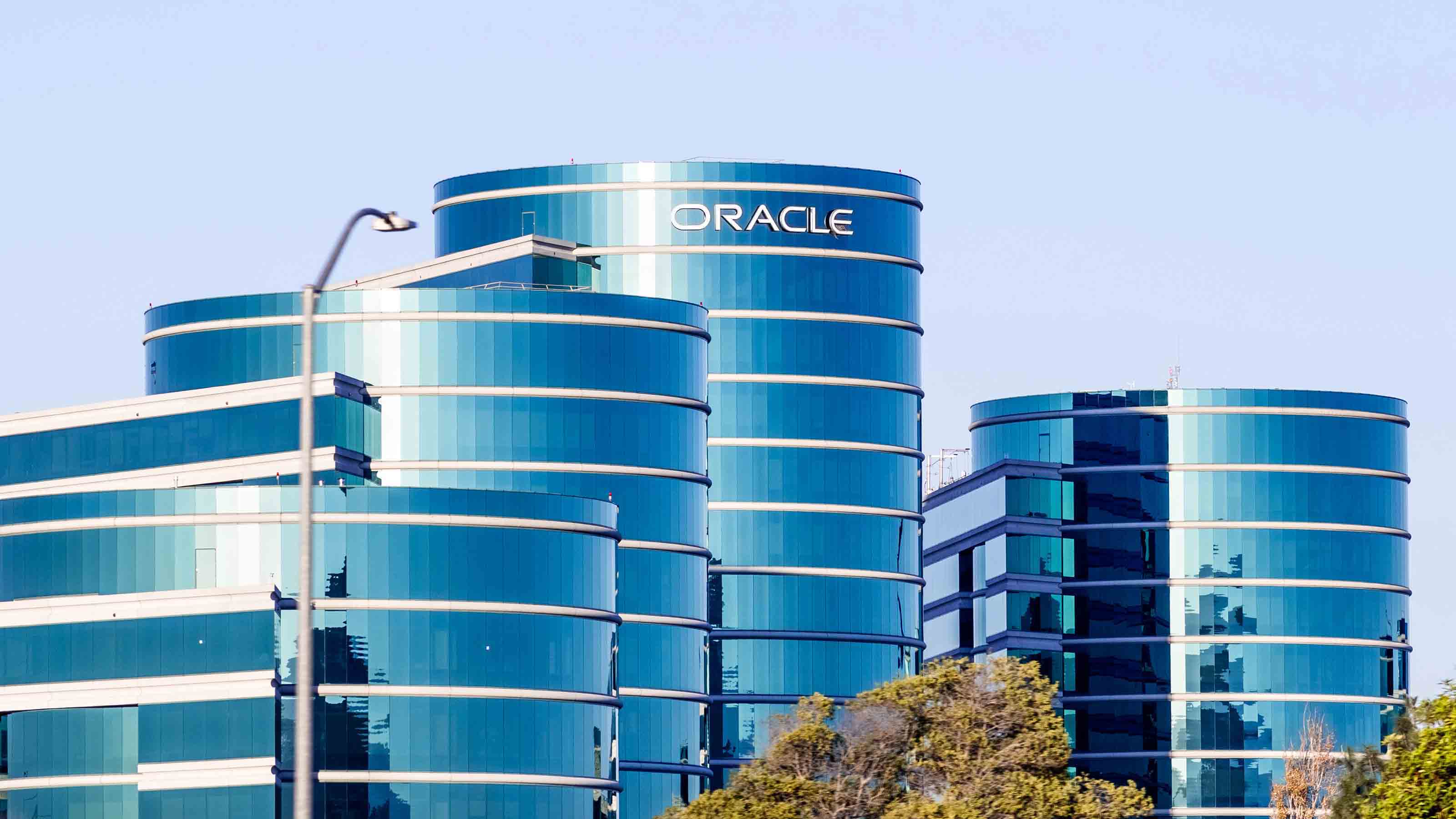7 Drug Stocks to Buy Now
Our diagnosis: These firms are on the way to a healthy recovery.
Kiplinger's Personal Finance
February 16, 2010
Investors in big drug companies have swallowed some bitter pills lately. Firms such as Pfizer have issued disappointing profit outlooks. Washington is rumbling about slapping new taxes on U.S. drug makers. The sector trailed Standard & Poor’s 500-stock index by 20 percentage points over the past year.
From just $107.88 $24.99 for Kiplinger Personal Finance
Become a smarter, better informed investor. Subscribe from just $107.88 $24.99, plus get up to 4 Special Issues

Sign up for Kiplinger’s Free Newsletters
Profit and prosper with the best of expert advice on investing, taxes, retirement, personal finance and more - straight to your e-mail.
Profit and prosper with the best of expert advice - straight to your e-mail.
No one really loves Big Pharma these days, but that may be just the reason to invest. The sector is trading at 10.5 times estimated 2010 earnings, one of its lowest price-earnings ratios in decades and 22% less than the overall market’s P/E. Analysts expect earnings for the industry to rise an average of 10.3% this year. And operating-profit margins hit 24% in the third quarter of 2009, a high not seen since mid 2007. Wall Street isn’t all that worried about ObamaCare either (if it ever passes). The industry has already made a deal with the government to offer modest discounts in exchange for expanded coverage. The impact of reforms, says Barclays Capital analyst Anthony Butler, should be “limited and manageable.”
Granted, the brand-name drug companies are barreling toward a “patent cliff” as more than $130 billion in products go generic over the next few years. But several megamergers last year restocked the pipelines of the largest firms and helped them diversify with biotech drugs and other medicines with longer patent lives. Companies are also slashing billions from their cost structures and outsourcing more testing and manufacturing to offset slowing sales. And while the era of blockbuster drugs may never return, many firms are finding new revenue streams in niche products, vaccines and licensing deals.
With the stock market looking wobbly lately and the durability of the economic recovery still in question, investors may view drug stocks as relatively safe havens. And even if drug shares go nowhere, investors can at least pocket some dividend income, with most of the stocks yielding better than 3%. Our picks for healthy gains:
Pfizer (PFE) vastly improved its fortunes with its acquisition of Wyeth last year. The $68-billion deal broadened Pfizer’s product line, adding consumer health products, vaccines and biotech medicines. And that will help offset the loss of patent protection for Lipitor, the world’s best-selling prescription drug, in late 2011, threatening over $12 billion in annual sales. Pfizer is also targeting $4 billion to $5 billion in total cost savings by 2013, and it’s expanding into generics and emerging markets -- both of which should fuel growth.
Pfizer has taken some lumps lately -- it missed fourth-quarter earnings estimates and issued a disappointing 2010 profit forecast. The stock has fallen more than 9% in the past month, and one longtime fan, Bruce Berkowitz, who runs Kiplinger-25 member Fairholme Fund recently cut his stake. Analysts are skeptical about Pfizer’s savings estimates and 2012 sales target, when the company will take the biggest hit from Lipitor’s patent loss. And they worry that Pfizer will have to make another large acquisition to keep propping up sales and profits.
Still, the stock, at eight times estimated 2010 earnings of $2.20 a share, looks too cheap to ignore. And Pfizer is expected to generate more than $28 billion in free cash flow this year -- plenty of money to support its annual dividend of 72 cents a share. At $17.80, the shares yield a hefty 4.0% and remain 61% below their record high, set in late 1999(all prices and related data are through February 15).
Shoppers may know Johnson & Johnson (JNJ) for its Band-Aids and baby shampoo. But consumer products made up only a quarter of J&J’s $61.9 billion in 2009 sales. Medical devices and pharmaceuticals round out the pie, and analysts expect the drug division to post accelerating sales, thanks to a robust pipeline of new products and scant additional competition in generics through 2014. Drugs in advanced stages of development include new treatments for HIV, hepatitis C and epilepsy. And J&J has made deals with biotech firms to develop treatments for cancer, Alzheimer’s disease and a genetically engineered “universal” flu vaccine that could work against all strains of the virus.
Overall, Wall Street expects J&J’s earnings to grow 6%, to $4.93 a share, this year. That gives J&J a P/E of 13 -- an attractive price for a company with such impeccable finances. J&J is one of only four U.S. nonfinancial companies with a coveted triple-A credit rating, and the $11.8 billion on the firm’s balance sheet gives it a lot of flexibility to make acquisitions, buy back shares or hike its annual dividend of $1.96 per share, which gives the stock, at $62.72, a yield of 3.1%.
Merck (MRK) was plodding along with average growth prospects before it hooked up with Schering-Plough in a $41-billion deal last year. But the new Merck has a much stronger pipeline, with drugs in development that could add $10.4 billion a year to the top line by 2015, says Credit Suisse analyst Catherine Arnold. With more than a dozen drugs in late-stage development, Merck should easily be able to offset losses from big sellers, such as Singulair, an asthma drug that goes generic in 2012. Schering also has several biotech drugs in the works, including a new fertility treatment. And Merck is targeting $3.5 billion in total merger-related cost savings by 2012.
Merck faces risks, of course, and the stock could drop if studies of its blockbuster cholesterol drugs, Vytorin and Zetia, produce unfavorable results. But even with dwindling sales from those products, Merck should generate earnings growth of 8.3% a year, on average, through 2015, on the upper end for the industry, says Arnold. Her estimates are on the high side of Wall Street’s forecasts, but with a P/E of 11, the stock, at $36.92, still looks underpriced. (As part of its fourth-quarter earnings report, released February 16, Merck said it expects to generate percentage earnings growth in the high-single digits through 2013.)
Investors may think of Roche (RHHBY.PK) as a brand-name drug maker, but it’s really a biotech giant, thanks to its 2009 acquisition of Genentech. The $46.8-billion deal gave Roche, based in Basel, Switzerland, full rights to three top biotech cancer drugs: Avastin, Herceptin and Rituxan. Roche also makes Tamiflu, which flew off the shelves during the H1N1 pandemic, and just received U.S. regulatory approval for Actemra, a new rheumatoid-arthritis drug. Roche’s late-stage pipeline may also drive up profits, with new uses for its oncology drugs and a promising diabetes medicine.
Roche’s American depositary receipts, which trade on the pink sheets, go for $41.50, or 13 times forecasted 2010 earnings of $3.19 per ADR. That’s a 20% premium to the industry’s P/E. But Roche’s product line is heavy with biologic drugs that have long patent lives. And operating-profit margins in the pharmaceutical division, at more than 39%, are near the top of the industry. All told, earnings should rise an average of 12% a year through 2014, says Jefferies analyst Jeffrey Holford.
Novartis (NVS), which is also headquartered in Basel, takes a more varied approach to growth. A health-care conglomerate with $44.3 billion in sales last year, it’s a major player in brand-name drugs, generics and vaccines. And it will become a dominant force in eye-care treatment once it completes its $39.3-billion deal for Swiss-based Alcon. Novartis faces some key patent losses, including its top-selling drug, Diovan, which goes generic in 2012 and accounted for 21% of Novartis’s $28.5 billion in pharmaceutical sales last year. But Novartis’s pipeline is consistently ranked one of the strongest in the industry, with 28 new drugs in late-stage development, and upcoming products should easily plug the patent hole, says Morningstar analyst Damien Conover.
Novartis is expected to produce annual profit growth of about 5% after 2011, which is midrange for the industry. But that doesn’t include much merger-related savings, says Holford. New chief executive Joe Jimenez -- a former official with H.J. Heinz -- is expected to focus on boosting Novartis’s profit margins. And despite Novartis’s exceptional pipeline, which could drive earnings beyond expectations, the stock, at $53.71, trades at only 11 times earnings forecasts of $4.78 a share, just a slight premium to the P/E of its peers.
The locomotive for Abbott Laboratories (ABT) these days is Humira, a biotech arthritis drug with sales rising 20% a year. Humira’s $5.5-billion haul made up 18% of Abbott’s $30.8 billion in 2009 revenues. But the company cut its reliance on the drug last year by buying the pharmaceutical unit of Belgian firm Solvay, giving it full control of cardiovascular drugs TriCor and TriLipix and a larger business in emerging markets. Abbott has also expanded into medical optics, becoming the market leader in laser-vision devices. And its nutritional division, including baby formula brand Similac, is growing fast in Asia.
Abbott’s pipeline is on the weak side, says Morningstar’s Conover, and U.S. sales of Humira rose just 3% in the fourth quarter, disappointing Wall Street. But Abbott’s drugs won’t face much generic competition until 2015, giving it plenty of time to acquire or license new products. Analysts are looking for a 14% gain in earnings this year, to $4.23 a share. And with the stock, at $53.93, trading at 13 times that figure, Abbott looks reasonably valued.
While makers of brand-name drugs dread the patent cliff, Teva Pharmaceutical Industries (TEVA), the world’s largest maker of generic drugs, looks at it gleefully. The Israeli company expects the global generics market to grow from $80 billion to at least $135 billion by 2015. It plans to double its revenues in that time frame, from $15.8 billion to $31 billion. And it aims to grow its brand-name drug business -- now 30% of sales -- becoming less dependent on its multiple-sclerosis treatment Copaxone, which goes generic in 2014.
Investors might expect to pay a steep price for Teva, one of the fastest growers in the industry. But while the stock, at $58.86, has climbed 35% over the past year, it trades at just 13 times estimated 2010 earnings of $4.54 a share. And with profits climbing 15% to 20% annually, the shares look like they have plenty of room to run.
Profit and prosper with the best of Kiplinger's advice on investing, taxes, retirement, personal finance and much more. Delivered daily. Enter your email in the box and click Sign Me Up.
-
 Nasdaq Leads as Tech Stages Late-Week Comeback: Stock Market Today
Nasdaq Leads as Tech Stages Late-Week Comeback: Stock Market TodayOracle stock boosted the tech sector on Friday after the company became co-owner of TikTok's U.S. operations.
-
 Disney’s Risky Acceptance of AI Videos
Disney’s Risky Acceptance of AI VideosThe Kiplinger Letter Disney will let fans run wild with AI-generated videos of its top characters. The move highlights the uneasy partnership between AI companies and Hollywood.
-
 Ask the Editor: Itemized Deductions
Ask the Editor: Itemized DeductionsAsk the Editor In this week's Ask the Editor Q&A, Joy Taylor answers questions on itemized deductions claimed on Schedule A of Form 1040
-
 Stocks Chop as the Unemployment Rate Jumps: Stock Market Today
Stocks Chop as the Unemployment Rate Jumps: Stock Market TodayNovember job growth was stronger than expected, but sharp losses in October and a rising unemployment rate are worrying market participants.
-
 If You'd Put $1,000 Into Coca-Cola Stock 20 Years Ago, Here's What You'd Have Today
If You'd Put $1,000 Into Coca-Cola Stock 20 Years Ago, Here's What You'd Have TodayEven with its reliable dividend growth and generous stock buybacks, Coca-Cola has underperformed the broad market in the long term.
-
 If You Put $1,000 into Qualcomm Stock 20 Years Ago, Here's What You Would Have Today
If You Put $1,000 into Qualcomm Stock 20 Years Ago, Here's What You Would Have TodayQualcomm stock has been a big disappointment for truly long-term investors.
-
 If You'd Put $1,000 Into Home Depot Stock 20 Years Ago, Here's What You'd Have Today
If You'd Put $1,000 Into Home Depot Stock 20 Years Ago, Here's What You'd Have TodayHome Depot stock has been a buy-and-hold banger for truly long-term investors.
-
 S&P 500 Sees New Highs on Shutdown Day: Stock Market Today
S&P 500 Sees New Highs on Shutdown Day: Stock Market TodayMost of its components were in the red, but the S&P 500 Index still managed to hit a new intraday all-time high.
-
 If You'd Put $1,000 Into Bank of America Stock 20 Years Ago, Here's What You'd Have Today
If You'd Put $1,000 Into Bank of America Stock 20 Years Ago, Here's What You'd Have TodayBank of America stock has been a massive buy-and-hold bust.
-

 If You'd Put $1,000 Into Oracle Stock 20 Years Ago, Here's What You'd Have Today
If You'd Put $1,000 Into Oracle Stock 20 Years Ago, Here's What You'd Have TodayORCL Oracle stock has been an outstanding buy-and-hold bet for decades.
-
 If You'd Put $1,000 Into Sherwin-Williams Stock 20 Years Ago, Here's What You'd Have Today
If You'd Put $1,000 Into Sherwin-Williams Stock 20 Years Ago, Here's What You'd Have TodaySherwin-Williams stock has clobbered the broader market by a wide margin for a long time.